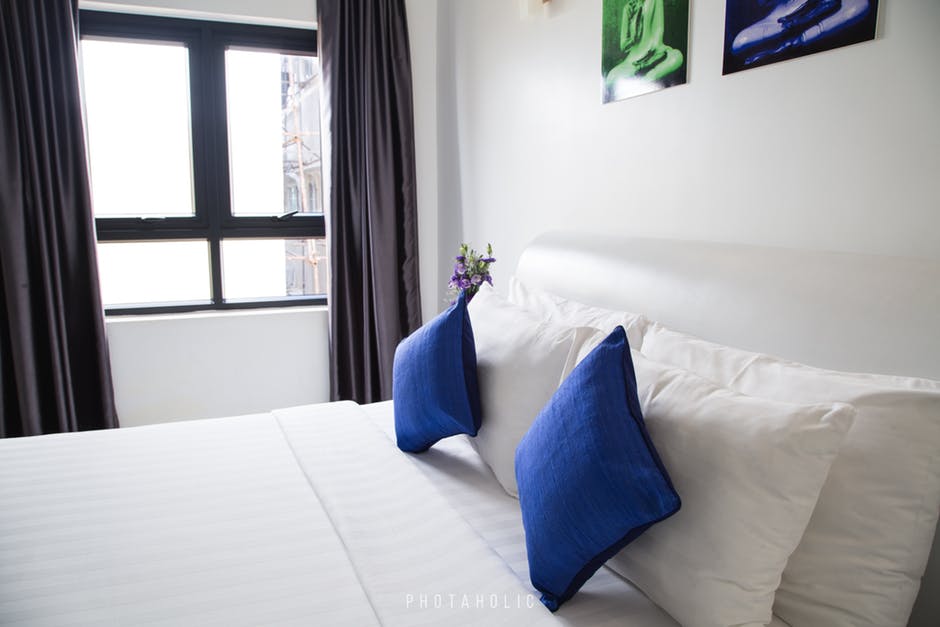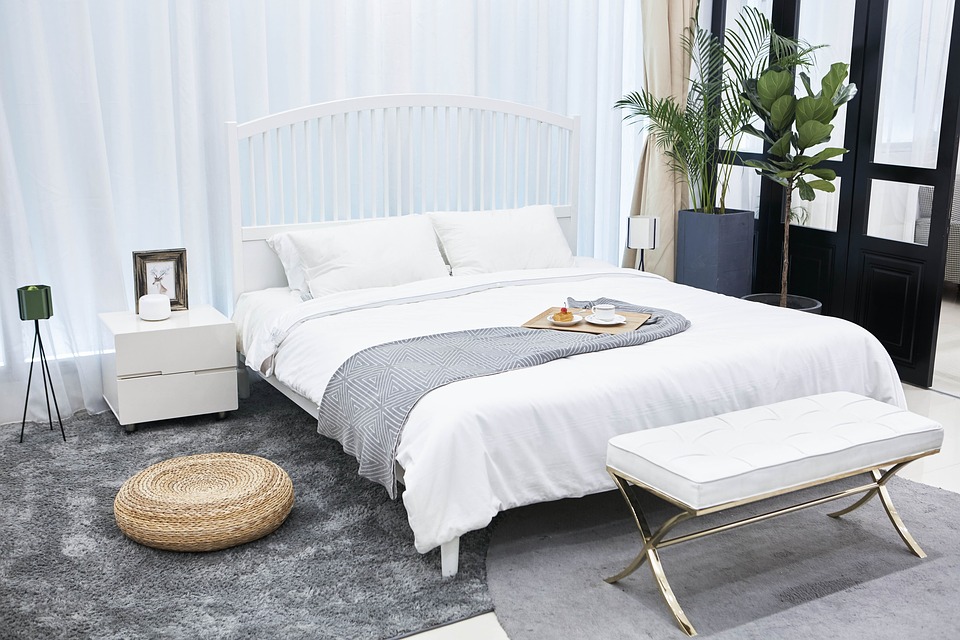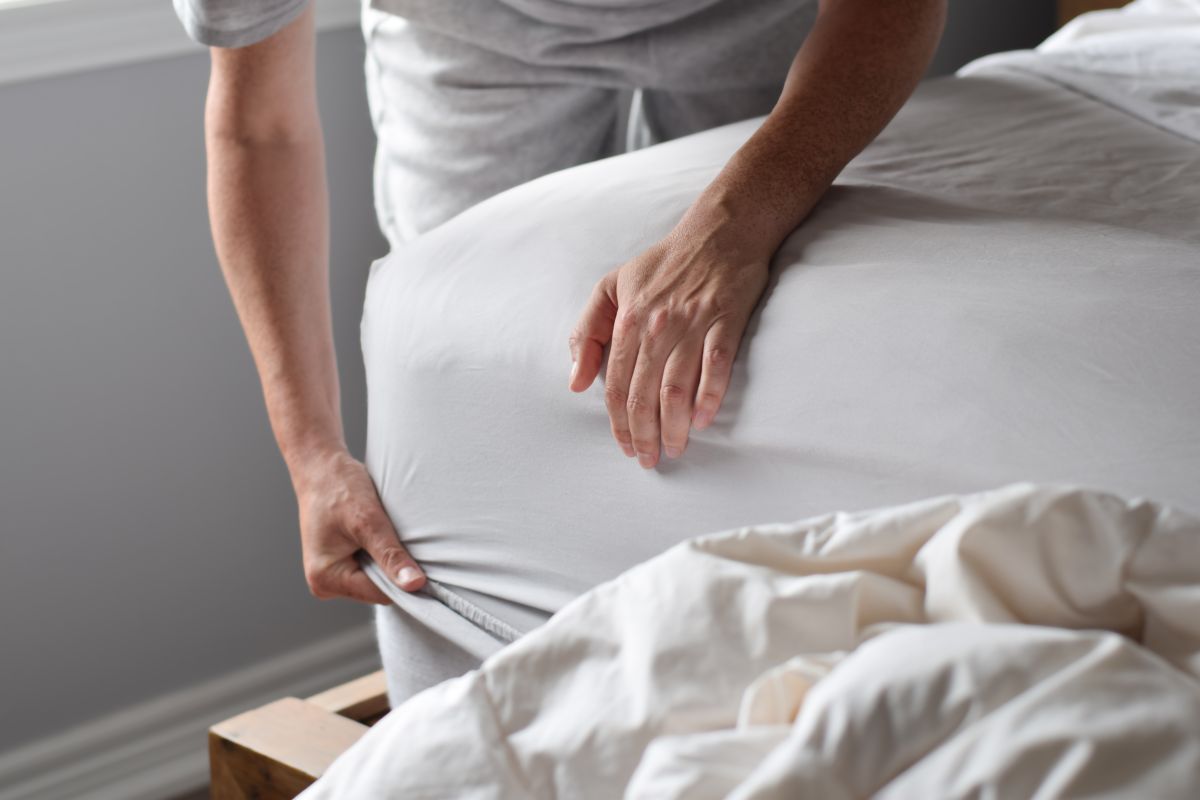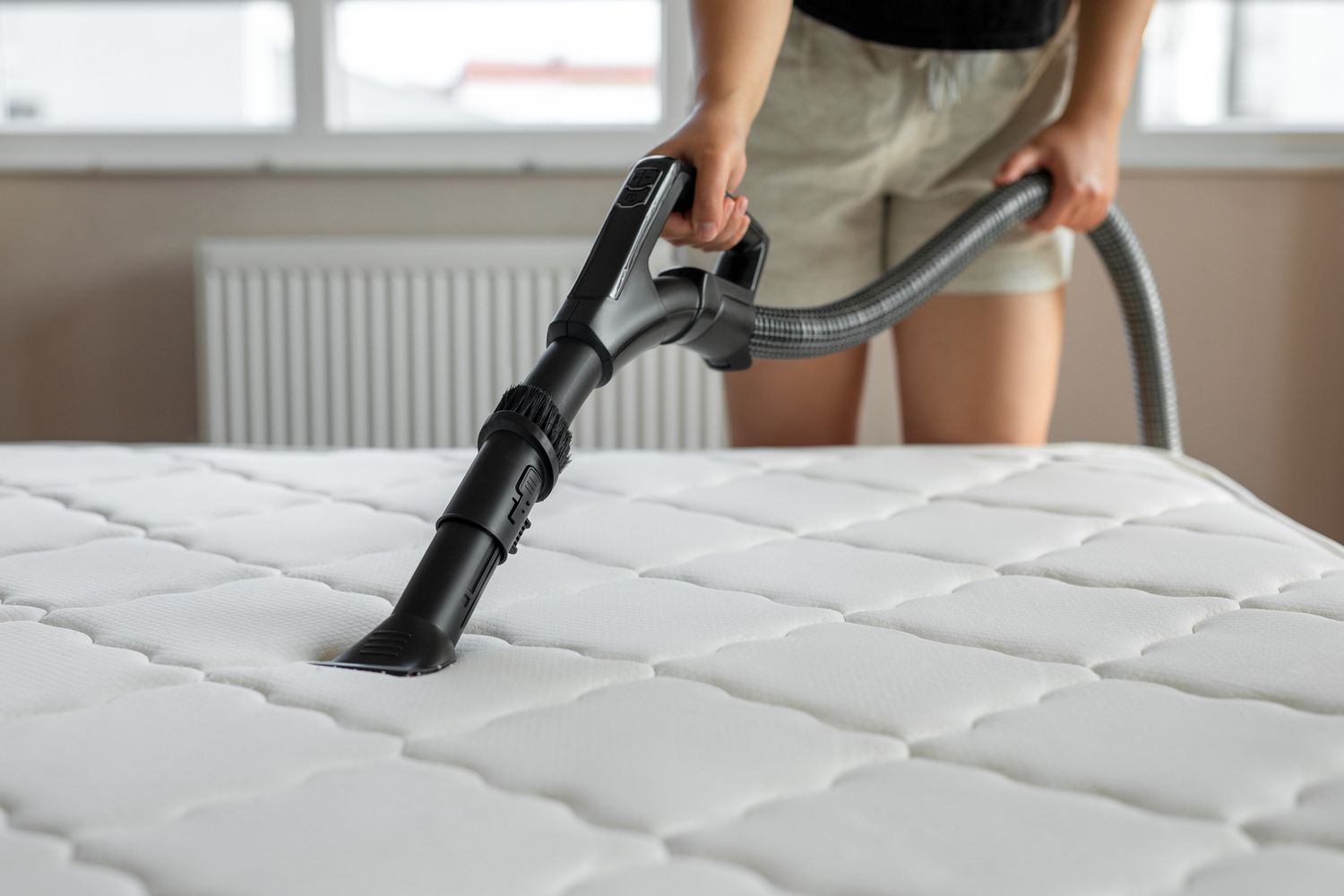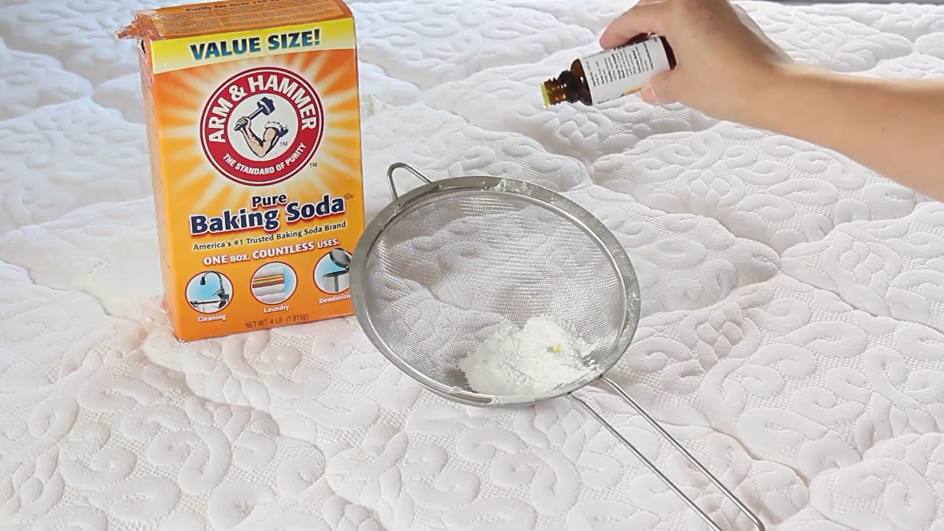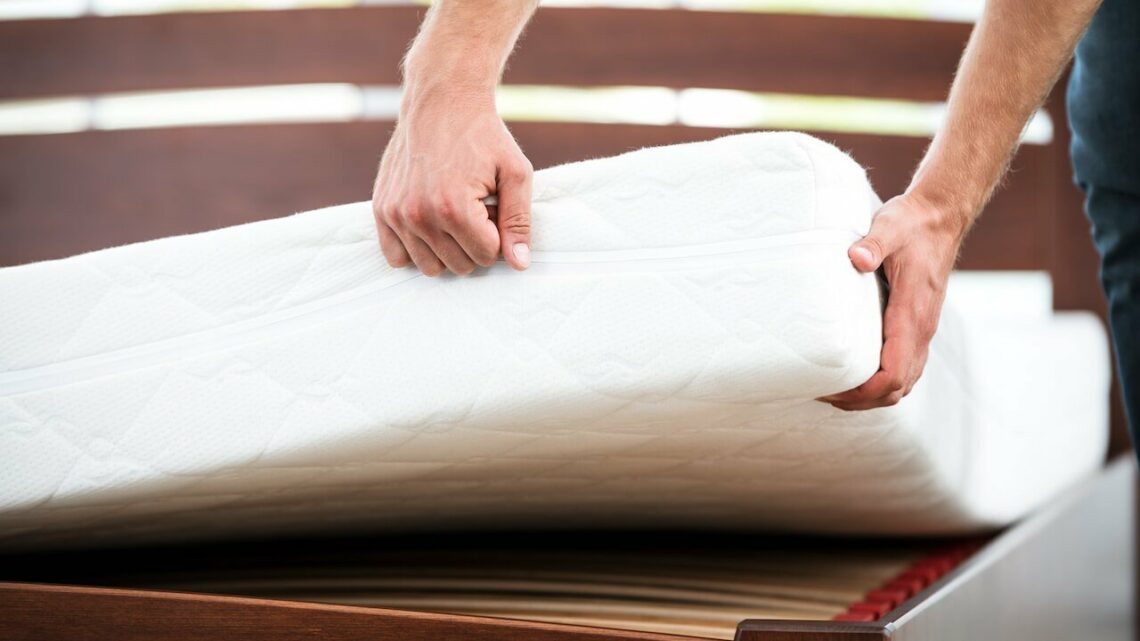Your mattress is a breeding ground for dust mites, dead skin cells, and allergens. Regular cleaning is essential to maintain a healthy and comfortable sleep environment.
This guide provides expert-approved methods for tackling dust bunnies, sweat stains, and unexpected spills. Learn step-by-step instructions for how to clean a mattress, including a memory foam mattress, keeping it fresh and hygienic, and tips to extend its lifespan. Discover simple cleaning techniques to create a clean and inviting bedroom retreat.
Have you ever considered the hidden world within your mattress? It might be teeming with more than just restful dreams. Since we spend about a third of our lives in bed, ensuring our sleeping environment is as clean and healthy as possible is vital.
Regularly cleaning your mattress promotes a healthy and hygienic sleep environment. But beyond just icky factors, mattress cleaning can also improve your sleep quality and overall well-being.
While you might be diligent about changing your sheets, your mattress accumulates dirt, sweat, and allergens over time. Regular cleaning eliminates these sleep disruptors and helps your mattress last longer.
The good news? Cleaning your mattress is surprisingly simple! This blog post will provide a step-by-step guide on how to clean a mattress to achieving a clean and healthy sleep sanctuary. So, fluff up your pillows, grab your cleaning supplies, and get ready to breathe new life into your mattress!
How to Quickly Freshen Your Mattress: No Deep-Clean Needed
Are you short on time for a complete mattress cleaning? No worries! Here’s a quick routine to revive your sleep haven.
Baking soda is your hero here. Generously sprinkle baking soda over the entire mattress surface and let it sit for at least 30 minutes, ideally longer. Baking soda absorbs lingering odours.
After the baking soda has worked magic, thoroughly vacuum the mattress with the upholstery attachment. It removes the baking soda powder and absorbs odours. If weather permits, open windows and allow fresh air to circulate.
Repeat this quick freshen-up routine every few weeks to maintain a clean and odour-free sleep environment.
How to Clean A Mattress: Rest Easy On a Clean Bed
Maintaining a clean mattress is crucial for a healthy sleep environment. Follow these steps to ensure your mattress remains fresh and hygienic.
What You’ll Need
- Clean cloth
- Cold water
- Vacuum cleaner
- Enzyme cleaner
- Dish soap
- Hydrogen peroxide
- Baking soda
- Essential oil
Instructions
1. Uncover the mattress
Before you begin cleaning your mattress, you need to uncover it. Start by taking off all pillows, including sleeping and decorative pillows. Remove additional items, such as blankets, toys, and other objects. Set these items aside in a different room to keep them out of the way.
After removing the top layer of items, strip the bed of all its linens. It includes top sheets, fitted sheets, pillowcases, blankets, mattress pads, and mattress protectors.
2. Wash bedding and linens for freshness
While your mattress awaits its cleaning treatment, freshen up your bedding by tossing sheets, pillowcases, and any mattress protector you use into the washing machine.
Remember to check the care labels on each item to ensure you use the appropriate water temperature and drying settings. Hot water is generally recommended to kill dust mites and bacteria, but always prioritise the manufacturer’s instructions to avoid damaging the fabric.
Once everything is washed, dry your bedding on high heat to ensure complete sanitisation. This step ensures you climb back into a clean, fresh bed after tackling your mattress.
3. Inspect your mattress for deep cleaning needs
With your mattress cleared of linens, take a moment to assess its overall condition. This inspection will help determine the best cleaning approach for your mattress. Look closely for any signs of wear and tear.
Pay attention to any stains from spills, sweat, or other accidents. Identifying the type of stain now will allow you to choose a more targeted cleaning method later. Over time, mattresses can develop yellowing or other discolouration. This discolouration may indicate deeper grime or require a more thorough cleaning process.
Remember to sniff around. Musty smells or lingering pet dander can signal the need for deodorising treatments. While you can’t see dust mites directly, their presence can concern allergy sufferers. Regular cleaning helps minimise their presence and the allergens they leave behind.
4. Tackle fresh spills immediately
Accidents happen. If you encounter a fresh spill on your mattress, act quickly to prevent it from setting in. Do not rub the spill. It can spread the liquid and make it worse. Instead, grab a clean, absorbent cloth and dampen it with cold water. Gently blot the affected area with the damp cloth, focusing on absorbing as much of the liquid as possible.
Repeat the blotting process with a clean section of the cloth until no more liquid is absorbed. Allow the dampened area to air dry completely. This prompt action will help prevent the spill from soaking into the mattress and causing a permanent stain.
5. Deep clean with a thorough vacuuming
Now that you’ve tackled any fresh spills, it’s time for a deep clean. Grab your vacuum cleaner’s upholstery attachment and run it over the entire mattress surface to remove dust.
Make sure to pay particular attention to the sides and seams. These areas tend to trap dust and debris over time. If your vacuum has a crevice tool attachment, reach into any nooks and crannies along the edges or quilting.
If possible, detach the mattress from the bed frame for optimal cleaning. It allows you to thoroughly vacuum all sides, including the areas hidden beneath the frame.
6. Target stubborn stains with spot cleaning
After vacuuming, it’s time to address any lingering mattress stains. Remember, the key is to minimise moisture on your mattress, so avoid harsh chemicals or excessive soaking.
Choose a cleaning solution based on the stain type:
- Biological stains (sweat, urine, etc.): An enzyme cleaner is your best bet here. Enzyme cleaners break down protein-based stains and eliminate lingering odours. Apply a small amount of the cleaner to a clean cloth and blot the stain gently.
- Other stains (food, beverages): A solution of equal parts cold water and hydrogen peroxide can be effective. Like the enzyme cleaner, blot the stain with a clean cloth dampened with the solution.
Instead of using an enzyme-based cleaner as a stain remover, you can create your DIY solution by mixing dish soap with water and applying only the foam that forms to the stain. Always test any cleaning solution in an inconspicuous mattress area first to ensure it doesn’t cause discolouration.
Remember to blot, not scrub, the stain, no matter your chosen cleaning solution. Scrubbing can spread the stain further. Once you’ve lifted the stain, blot the area with a clean, damp cloth to remove any cleaning residue.
7. Deodorize your mattress with baking soda
After you remove mattress stains and allowing the mattress to dry thoroughly, it’s time to freshen and deodorise the entire surface. Sprinkle a generous amount of baking soda evenly over the whole surface of the mattress. Use enough to cover the mattress thoroughly.
For a pleasant scent, mix five drops of your favourite essential oil into the baking soda before applying. This step enhances the freshness of your mattress.
Allow the baking soda to sit on the mattress for at least 30 minutes. This time allows it to absorb odours, break down acids, and further absorb residual moisture. Leave the baking soda on the mattress for several hours or overnight for deeper cleaning and deodorising. The longer it sits, the more effective it will be at neutralising odours.
For the most effective deodorising, consider opening nearby windows to improve air circulation while the baking soda sits. Fresh air helps to remove any lingering odours further.
8. Final vacuum the mattress and let it air out
Once the baking soda has had its deodorising effect, it’s time to remove it from the mattress surface.
Run your vacuum cleaner equipped with the upholstery attachment once more. This thorough vacuuming removes the baking soda powder and any absorbed odours and moisture.
After the final vacuuming, allow the mattress to air out completely. Proper ventilation helps eliminate any lingering moisture that can lead to mould growth. Open windows and expose the mattress to fresh air, if possible.
Sunshine can also be beneficial. Consider letting the mattress bask in direct sunlight for a short period during warmer seasons. The UV rays can help kill bacteria and further promote drying.
9. Extend your mattress’ life by flipping or rotating
To promote even wear and tear, flip your mattress over if it’s a conventional style without a designated top and bottom. For mattresses with a designated top and bottom, rotate the mattress 180 degrees.
This simple practice helps distribute body weight evenly across the mattress surface, preventing sagging and extending lifespan. Flipping or rotating should be a regular habit, ideally every 3-6 months.
10. Shield your clean mattress with a protector
Now that your mattress is revitalised, it is vital to shield it for lasting cleanliness. Invest in a high-quality mattress protector. This protective layer safeguards your mattress from spills, dust mites, and allergens that can accumulate over time.
Look for a mattress protector that is both breathable and waterproof. This combination allows air circulation while preventing liquids from seeping into the mattress core. Many protectors also offer hypoallergenic properties, further promoting a healthy sleep environment.
Remember, a mattress protector is an investment that simplifies future cleaning and extends the lifespan of your mattress.
It’s Time to Enjoy a Fresh and Restful Sleep
After following this comprehensive guide on how to clean a mattress, you can enjoy a fresh and restful sleep. Ensuring your mattress is completely dry before remaking the bed is crucial, as moisture trapped under the sheets can lead to mould growth.
Once dry, freshen up your bed with clean, washed linens. Start by putting on the fitted sheet, followed by the top sheet. Remember to replace your pillows in their clean cases. Finally, add any blankets, comforters, and decorative pillows for a finished touch.
Now, you can sink into a clean, comfortable, healthy sleep haven you created. Regular mattress maintenance not only extends the life of your mattress but also contributes to better sleep quality and overall health. Enjoy the satisfaction of knowing your bedroom is as clean as possible, and drift off to sleep in a refreshed and inviting space.
FAQs:
1. How often should I clean my mattress?
For optimal sleep hygiene, a thorough cleaning twice a year is ideal. This helps remove sweat, dust mites, and accumulated allergens over time. Regular cleaning can also deter pests and keep your sleep haven feeling fresh.
2. Is steam cleaning safe for my mattress?
While steam cleaning is an option, proceed with caution. Always check the care instructions on your mattress first, as some materials may not tolerate this method and could be damaged by the steam.
3. How can I eliminate strong odours from my mattress?
Airing out your mattress for a few days is an excellent first step. If odours persist, sprinkle baking soda on the surface and let it sit overnight. Vacuum the baking soda powder the next day. Mix a few drops of your favourite essential oil into the baking soda to add a pleasant scent.
4. How do I clean stains on a mattress topper?
For light stains on your mattress topper, mix lukewarm water with mild laundry detergent. Dab the stain with a cloth or sponge soaked in this mixture until it lifts. Adjust the cleaning method accordingly for tougher stains like urine or blood. Use cold water for blood stains and repeat the process with baking soda if necessary.
Always check the manufacturer’s cleaning instructions for your specific mattress topper before attempting stain removal.


